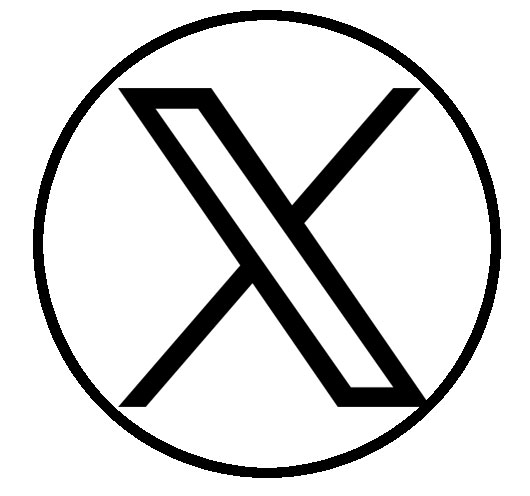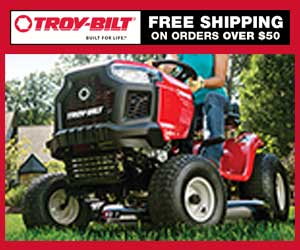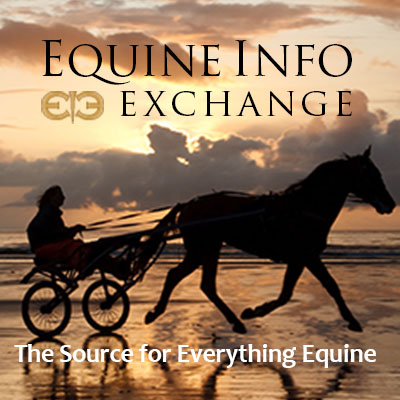Tack & Farm
Our Tack & Farm section features an Apparel section to find both practical and fashionable riding attire. If you ride English & Western or Race, many sources are available in the Tack section.
Building a barn? Need an architect for your equine dream home? Find one in Barns & Stalls.
Have a hungry horse? Of course you do! Find a place to buy your feed and tuck your horse in at night in the Bedding & Feed section. Looking for a place to keep your horse? You can find it in the Horse Boarding section. Keep your horse happy and beautiful with resources in our Grooming section.
Traveling? Find a Shipping company or Horse Sitting service if your horse is staying home!
Running and maintaining a farm or stable is a continuous effort, and to help find products or tools you need, please see our Equipment, Fencing and Management Tools sections.
Seeking Services? Find financial and tax expertise in our Accounting section. Companies who will help protect your investment are found in the Insurance section. For those who want legal advice about purchasing, liability, and other issues, please look at the Equine Law section to find an expert. Build and promote your business with teams from Marketing / Videography / Web Design.
Do we need to add more? Please use the useful feedback link and let us know!

Equestrians know a steady mind keeps the stride honest. We obsess over feed, feet, and fitness, yet curiosity and calm cement the whole picture. Daily enrichment doesn’t need gadgets or drama; it requires intention and rhythm. Even outside equestrian circles, an igaming solution aggregator shows how intelligent curation helps people find what matters—practical inspiration for owners, sorting advice, tools, and routines for real horses. EIE readers value practical, trustworthy ideas built for everyday barn life.
Why Enrichment Belongs In Every Program
Horses evolved to roam, graze, and hang out with buddies for hours, which stalls and tight schedules often compromise. When needs slip, boredom or stress can surface as weaving, cribbing, or box-walking. Thoughtful enrichment nudges time budgets toward natural behavior, easing anxiety and sharpening focus under saddle. That doesn’t replace good turnout or forage; it layers on calm, curiosity, and choice.
What The Research Says (In Plain Barn English)
Reviews link stereotypic behaviors to suboptimal management, with foraging-focused tweaks showing promise. Slow-feed hay bags lengthen eating time and can reduce unwanted patterns. Simple puzzle feeders, mirrors, or activity balls shift stall time away from standing and into purposeful engagement. None is are cure-all, but used consistently, they help horses settle and learn. That’s the win.
Easy Daily Tweaks You’ll Actually Keep Doing
Grand plans fade; small habits stick. Anchor enrichment to chores you already do—hay, mucking, grooming—so it happens even on busy days. Rotate items weekly to keep novelty without reinventing the wheel. Pair compatible turnout buddies for quiet social time. Keep notes so the barn team sees what works and what flops for each horse.
Five Quick Ideas To Try This Week
- Swap one hay feeding for a slow net to stretch foraging time without extra cost.
- Add a treat-dispensing ball for short, supervised sessions, then rotate it out.
- Create a sniff-and-explore corner with safe textures and scents; refresh monthly.
- Set pole patterns that ask for look, think, step—not just “go round.”
- Test a stall mirror for anxious types; track behavior for two weeks.
Training Upside: Calm Horses Learn Faster
A settled horse hears lighter aids, travels more softly, and copes better off-property. By meeting mental needs first, you lower overall arousal, so show-day noise or new venues feel less threatening. That steadiness benefits amateurs and pros alike, from first crossrails to complex lateral work. You’re teaching a brain, not just a body; enrichment keeps the lights on.
Match Tools To Temperament And Job
Not every horse loves the same puzzle or pace. Start with low-effort foraging games, then layer challenges that fit the horse’s mind and discipline. Trail-minded horses may enjoy variety underfoot, while ring horses might benefit from thoughtful pole grids. Give each experiment two weeks and record changes in behavior, appetite, and work ethic.
Using Simple Tech To Keep Everyone On The Same Page
You don’t need fancy systems to stay organized, but digital logs reduce misses. Stable apps and software track health notes, shoeing, vaccines, ride plans, and enrichment rotations, so nothing lives only in someone’s head. That clarity helps trainers, vets, and grooms pull in the same direction, quietly improving welfare and results.
Turn Data Into Kind, Consistent Routines
Give each horse a card—digital or paper—with a rotating plan: slow net on Monday, ball on Wednesday, poles on Friday. Snap quick photos or jot two-line notes after rides. Over time, you’ll spot patterns: which toy soothes pre-ride jitters, which days need extra hand-grazing: less guesswork, fewer flare-ups, more good work.
Curate Your Sources Like A Pro
EIE thrives by surfacing practical, credible equine content for a broad audience, and that mindset helps in the barn. Make a short list of trusted guides—veterinary-backed explainers on enrichment, welfare pages from national organizations, and hands-on DIY pieces. Review monthly, then trial one new idea with notes before scaling. Keep it real; keep it horse-first.
Choosing Products With Horse Sense
Flashy isn’t the point; safe and durable is. Favor gear that extends foraging, encourages gentle movement, or sparks controlled curiosity. Read product pages with a skeptical eye for claims and look for references to time budget changes or reduced stall vices. The best tools fit your space, your routine, and your horse’s personality.
A Quick Note On Organized Catalogs And Discovery
Well-structured directories outside our industry remind us why clean taxonomy matters. Clear categories and labeling help owners quickly find welfare-first ideas, rather than doom-scrolling. Even a directory of casino game developers demonstrates how indexing speeds discovery—a concept equine communities can borrow for training plans, enrichment libraries, and barn SOPs without losing the horse in the process.
Bottom Line: Curiosity Today, Confidence Tomorrow
Enrichment is not superfluous; it is part of good riding. Make minor, consistent adjustments to attendance and feed, matching them to temperament, and record your observations. Use simple tech for consistency, keep your sources tight, and celebrate tiny wins. A curious horse becomes a confident partner—and that confidence shows in every hoofbeat.
There are more interesting articles in our section on Tack & Farm.
Hit the Road with Husted – Be Ready Before You Roll
Whether you’re hauling horses to a show, a trail ride, or an emergency evacuation, transporting equines safely is a responsibility that demands preparation, knowledge, and confidence. That’s why Equine Guelph is once again offering its highly respected Horse Trailer Safety course on TheHorsePortal.ca, led by internationally recognized expert Dr. Rebecca Husted.
Dr. Husted brings decades of experience in Technical Large Animal Emergency Rescue, making her an invaluable guide through the complexities of equine transport. Her engaging teaching style and real-world insights prepare horse owners to anticipate problems before they arise—and respond effectively when they do.
Emergencies Don’t Wait. Will You Be Ready?
You’ve packed your gear, planned your route, and loaded your horses. But what happens if the unexpected strikes? Tire blowouts, brake failures, rollovers, or emergency unloading—these are real scenarios that demand quick thinking and solid preparation.
Participants dive into emergency preparedness, exploring:
- Must-have emergency equipment
- Roadside assistance strategies
- Handling mechanical failures and crashes
- Emergency loading and unloading
- Step-by-step actions for various emergency scenarios
Of course, prevention is always the first line of defence. In the video below, Dr. Husted explains caring for your trailer floor to reduce risk of injury to your horse.
A Deep Dive into Trailer Safety & Maintenance
Equine Guelph’s online horse trailer safety course goes far beyond emergencies to cover:
- Understanding your towing system—trailer specifications, truck compatibility, and legal regulations
- Trailer care and maintenance—inside and out
- Inspection protocols to catch issues before they become hazards
- Minimizing risks while driving
- Transporting your horse—balancing loads, weather considerations, insurance, and more
Engaging Online Learning
Hosted by The Horse Portal, this course offers a flexible online format with interactive discussion forums, where participants can engage directly with Dr. Husted and fellow horse owners. Whether you’re new to trailering or a seasoned hauler, this course will help you travel with confidence.
Course Dates: Oct 27 – Nov 7, 2025
Save your spot: https://thehorseportal.ca/course/horse-trailer-safety-fall-25/
This article originally appeared on Equine Guelph, The University of Guelph and is published here with permission.
You can find more informative articles in our section on Tack & Farm.
While you're here, find some perfect items for your horse! Visit our curated Amazon Store.
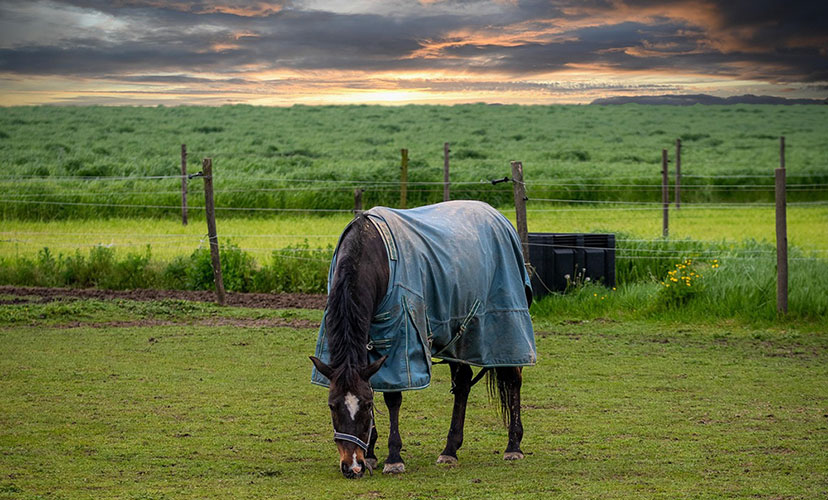
Fall can test even the best blanketing system. One day your horse is sweating under the sun, the next they’re standing in a cold drizzle.
Pick the wrong blanket and you’ll be dealing with rubs, damp spots, or a miserable horse. Pick the right one and your horse stays dry, comfortable, and ready to move.
The key is knowing which features actually matter. Here are the five features you should be looking for in your turnout blankets.
1. Waterproofing That Actually Holds Up
Most blankets advertise as “waterproof,” but seasoned horse owners know not every fabric holds up. After a week of steady rain, a weak blanket can start to seep, leaving your horse chilled and uncomfortable.
That’s why looking for turnout blankets with strong, coated fabrics matter, along with a breathable lining that prevents sweat from building up when the weather suddenly turns warm. The goal is to keep your horse dry on the outside and comfortable underneath.
If you’ve ever peeled off a damp, clammy blanket, you know how miserable that can make a horse feel. Paying attention to these details is part of smart seasonal horse care, ensuring your horse stays healthy through unpredictable fall weather.
2. An Outer Shell That Can Take a Beating
Horses aren’t gentle with their gear. A playful nip in the pasture or a good roll in rough dirt can shred a weak blanket in no time. That’s why denier rating matters.
Blankets made with 1200D or higher material can handle daily use without ripping at the first challenge. It’s one of those places where paying a little more upfront often saves you a lot of money and aggravation later.
3. Fit That Stays Put
Blankets that slip, twist, or rub are more than an annoyance. They can cause sores, limit movement, and leave gaps where wind or rain sneaks in. Adjustable straps at the chest, belly, and legs are non-negotiable.
The best designs allow you to fine-tune the fit so the blanket stays secure without restricting your horse. Features like shoulder gussets or contoured cuts also make a huge difference for horses with broader builds or big shoulders. If you’ve struggled with rubs or shifting, this guide to equine equipment fit has some useful insights.
4. Insulation That Matches Your Climate
A blanket that’s perfect in October might be too heavy or too light by late November. That’s where insulation weight comes in.
Lightweights (100–200g) are ideal for horses that run warm or for those milder fall days. Medium weights (200–300g) work better as the nights drop colder. If your climate swings wildly, look for systems with interchangeable liners. That way you’re not juggling three different blankets but can adjust warmth as needed. It’s a smarter investment, especially for owners managing multiple horses.
Of course, warmth isn’t just about blanketing. Maintaining muscle condition and fitness also helps horses handle seasonal swings more easily. Resources on conditioning horses in fall and winter explain how thoughtful exercise and care work hand in hand with blanketing to keep horses healthy through the colder months.
5. Smart Extras That Make Daily Care Easier
Sometimes it’s the small details that make you love or hate a blanket. A long tail flap shields against biting wind. Quick-clip closures make morning chores faster when your fingers are freezing. Reflective strips make night checks in the pasture less of a guessing game.
These aren’t “luxuries.” They’re the practical touches that improve both your horse’s comfort and your daily routine. When you’re blanketing every day for months, those little things add up.
Final Thoughts
Blanketing in fall isn’t about following a checklist. It’s about knowing your horse, your climate, and your management style. A strong, waterproof blanket with the right fit and insulation will always pay off in fewer worries, healthier horses, and less gear stress.
Choosing smarter now means fewer compromises later, and that’s something every horse and every owner can appreciate.
There are more interesting articles in our section on Health & Education.
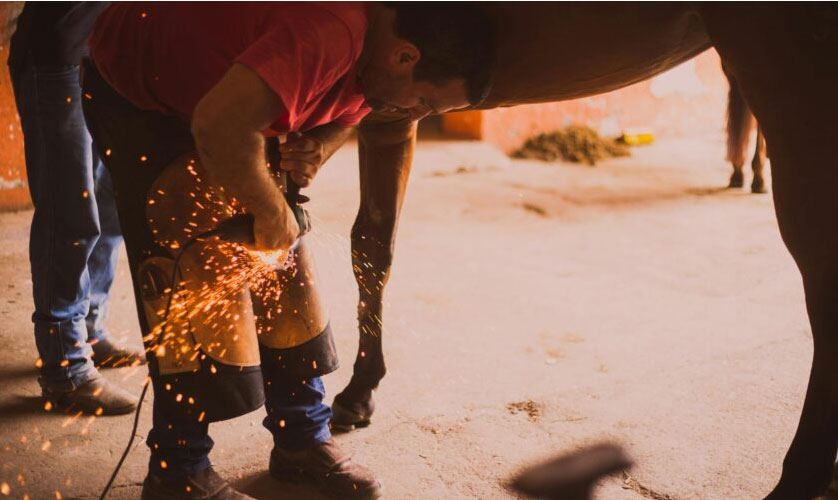
by Kristin Pitzer
Whether you’re a young horseman coming up through school or a seasoned veteran of the workforce looking to change careers, it’s never too early — or too late – to consider a job in the equine industry. If horses and the Western way of life are your passions, a career that allows you to promote them to others just like you can be very fulfilling.
“I think people should consider careers in the equine industry because for many people, horses are their passion, and we tend to be the happiest when we’re working for, toward, and within the elements we’re most passionate about,” said Jessie Jarvis, founder and CEO at Of The West, the job platform for the agriculture and Western industries. “For many young adults, owning their own horse isn’t always feasible, and [a job in the industry] allows them to still be involved in some way. For those who are more established and possibly looking for a career change, the equine industry is a great sector to consider because nothing is more rewarding than knowing your daily efforts are working toward building a stronger, more robust equine industry.”
Quarter Horse News put together some information on different careers in the industry to help you know where to begin.
Hands-On
There are two main options for careers in the horse industry: those that work directly with horses, and those that support the industry but don’t involve a person getting their hands on a horse every day. Jobs working with horses can be very rewarding and enjoyable, but they are also usually physically difficult, time-consuming and, without boundaries, can blur the line between work and play. For those willing to work hard, these jobs can lead to fulfilling careers.
“The equine industry is growing at a rate like never before, and due to that, the need for equine professionals is only going to increase as time goes on,” Jarvis said. “In addition to that growing number, I think we are also going to see an increase in the number of education pathways and trade programs focused on equine industry careers, allowing the sector to continue to grow and meet that future demand for equine industry jobs.”
1. Job: Equine Veterinarian
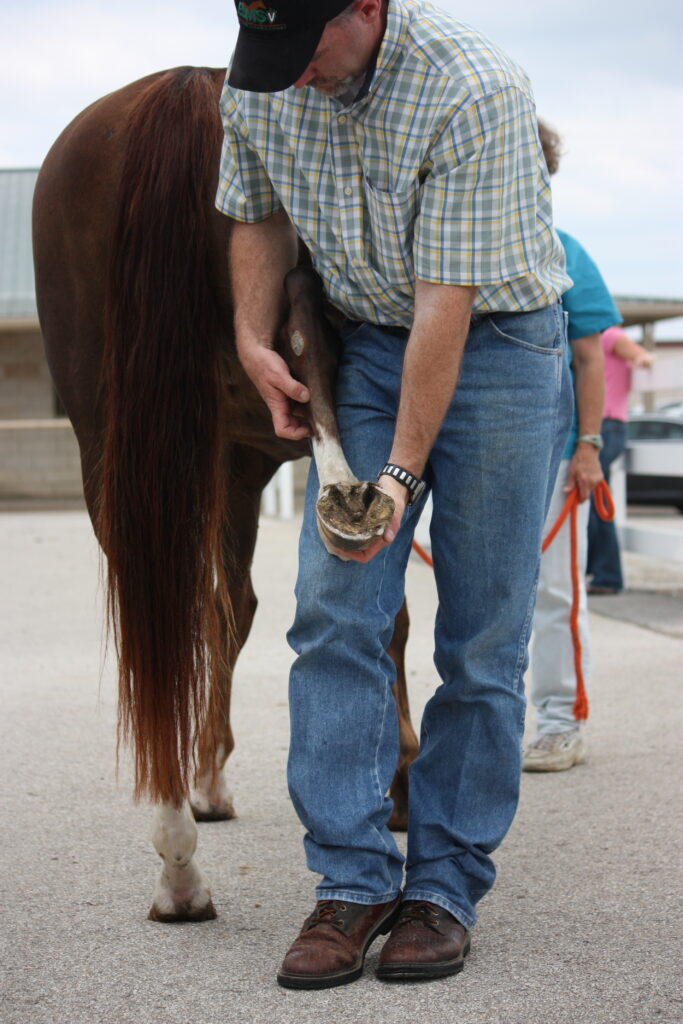
As long as horses can become sick or injured, there will be a need for equine veterinarians. People who become veterinarians tend to have good communication skills and are likely science- and math-minded. A love for animals is certainly necessary, but keep in mind you’ll be working with people just as much as horses. Compassion is a key element, as you’ll likely have to help owners face difficult situations and hard decisions.
To become a veterinarian requires extensive education: four-and-a-half years of undergraduate education, followed by four years of veterinary school, according to the American Veterinary Medical Association. All of that schooling isn’t cheap — the average cost of veterinary school in the U.S. is $200,000 — so many young veterinarians go into the workforce with lots of student loan debt in tow. There is, however, a shortage of equine veterinarians around the country, so if it’s a career path you’re interested in, you’ll certainly find a demand for it.
2. Job: Trainer
If patience and an ability to think outside the box are traits you possess and you have good business sense, people skills and riding abilities, you might think about becoming a horse trainer. There’s no doubt it takes a lot of work to become a successful trainer — many riders don’t realize how many hours their coaches put in every day. If you work hard and find your niche in the industry, though, you might find yourself eventually working with the industry’s nicest horses, most well-known owners and other top-level trainers.
You don’t need a degree to become a trainer — many would argue that apprenticeships under other trainers provide the best education — but some colleges offer equine science programs, while others have certificate programs in horse starting and horsemanship. It doesn’t hurt to take business classes, either, and having a degree to fall back on should you change your mind is never a bad thing.
3. Job: Farrier
Another job that gets lots of hands-on experience with horses is that of the farrier. Farriers are specialists that trim, balance and shoe horses’ feet. Being a farrier is physically demanding — most of your day is spent bent over while holding a horse’s foot up, after all — and without proper equipment, it can be hard on your body. Once you get established in a location, though, you can often pick and choose the hours, days and clients you want to work with.
Apprenticeships with veteran farriers are a great way to learn, and as your business grows, there are programs through organizations like the American Farrier’s Association (AFA) that will test you on your ability to perform the work to a prescribed standard. The AFA offers several levels of certification, from Certified Farrier, to Certified Tradesman Farrier, to Certified Journeyman Farrier. Some farriers go beyond even that and become specialists for certain breeds, activities and disciplines. Since most farriers are self-employed, business classes can be useful.
Hands-Off
If you are interested in a career in the industry but don’t necessarily have to be around horses every day, there are many different options to look into. While these jobs don’t involve riding or caring for horses, they often allow you to talk about horses — or something related to horses — every day, scratching the horse bug itch.
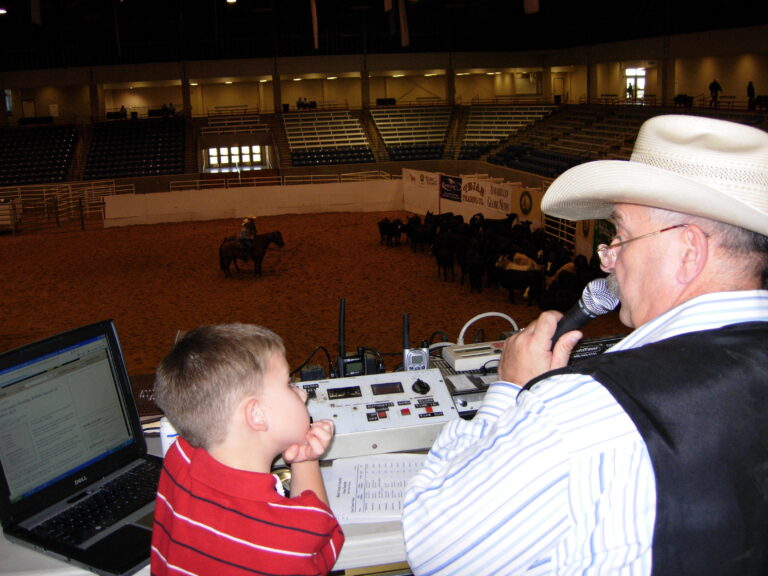
“While there isn’t any kind of study I can quote numbers from, I can confidently say that the majority of careers in the equine industry do not work directly with horses,” Jarvis said.
“All of the products, businesses and organizations that keep our industry going are centered around the horse; however, that doesn’t mean they physically touch a horse on a daily basis. But that doesn’t mean their work is ‘less than’ others who do work directly with horses because without those feed companies, tack companies, publications, events or member organizations, there’s no denying that our industry would cease to exist. It takes every single job in the equine industry to keep it moving forward.”
4. Job: Journalist
Can you craft compelling stories, communicate results efficiently and hunt down news leads? If so, you might consider a career as an equine journalist. These writers and editors communicate industry news and document horse, rider, owner, trainer and breeder achievements. Without them, the Western performance horse industry archive would remain blank.
To become a journalist, you will need a bachelor’s degree in communication, journalism or a related agriculture degree. Having a good command of the English language, sentence structure, grammar and punctuation rules is critical, as are strong computer skills. Photography and basic videography skills are a plus, and in this day and age, knowledge of social media platforms is essential. And of course, to be successful in the equine industry, you must have a good understanding of horse anatomy, horsemanship and the disciplines you are covering.
5. Job: Show Manager
Those with an interest in both event management and horses might consider a career in show management. These people keep the horse show world running by hosting the industry’s events, from the top futurities to the smallest local weekend shows. If you are organized, enjoy problem solving, have a mind for budgets and can dedicate the time that is needed, show management might be for you. A bachelor’s degree in agriculture business, public relations, communication or even hotel and restaurant management can be useful for those seeking to become show managers. Internships at different equine sport governing bodies can help you network with people in the field and learn the rules of the organizations, and some, like the American Quarter Horse Association, offer show management workshops with online certifications. Experience managing people can be a boon, as show managers typically work with a plethora of assistants, from full time help to volunteers.
This article originally appeared on Quarter Horse News and is published here with permission.
There are more informative and entertaining articles in our section on Tack & Farm. While you're here be sure to check out our Curated Amazon Store.
- Five Tips About Pigeon Fever
- Beating Summer Heat with Your Horse
- Five Tips for Preventing Heat Stress in Horses
- Five Tips for Protecting Your Horse From Flies and Mosquitoes
- Five Tips for Purchasing a Used Saddle
- Five Tips to Choose the Right Tractor for a Small Horse Property
- 7 Ways to Improve Your Horse's Performance with the Right Equipment
- Leather Saddlebag Shoulder Bags (51:45)
- Leather Texture Techniques (7:26) - Weaver Leather
- 17 Different Types of Saddles (When to Use Which One)

